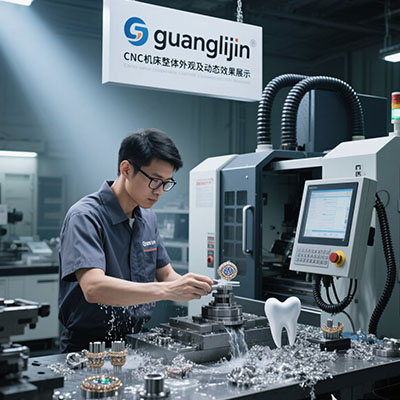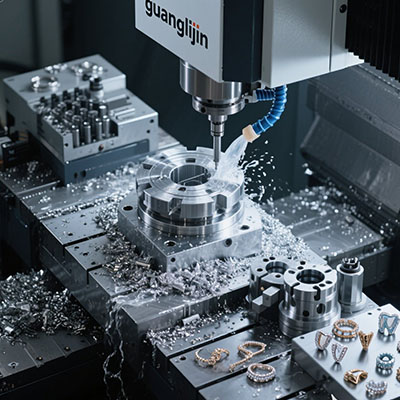Aerospace Precision Machining: How 6-Axis CNC Technology Revolutionizes Complex Components
The Aerospace Manufacturing Challenge
Aerospace components demand extreme precision. Think about turbine blades or structural brackets. They often feature complex geometries with tight tolerances. Traditional 3-axis machining struggles with these intricate shapes. It requires multiple setups, increasing errors. This is where advanced multi-axis systems become essential.
What Makes 6-Axis CNC Machines Special?
A cnc machine 6 axis adds two rotational axes to standard 4-axis systems. This allows simultaneous machining from virtually any angle. The result? Fewer setups and higher accuracy. For example, it can complete a turbine impeller in one operation. This reduces handling errors significantly.
Key Advantages Over Traditional CNC
These systems excel in several areas. They improve surface finish quality dramatically. Setup time drops by up to 80% according to Aerospace Manufacturing Magazine (2024). Complex contours become manageable. However, programming requires advanced skills. The initial investment is substantial too.
Real-World Implementation: Case Analysis
We observed two aerospace projects using different approaches. Project A used 5-axis machining. Project B implemented full 6-axis capabilities. The results were revealing.
| Criteria | Project A (5-Axis) | Project B (6-Axis) |
|---|---|---|
| Machining Time | 48 hours | 31 hours |
| Setup Changes | 6 | 2 |
| Surface Finish RA | 3.2μm | 1.6μm |
| Dimensional Accuracy | ±0.1mm | ±0.025mm |
Step-by-Step Guide to 6-Axis Programming
Mastering these machines requires methodical approaches. Here is our proven process.
Step 1: Analyze part geometry thoroughly. Identify all undercuts and complex curves.
Step 2: Select appropriate cutting tools. Consider reach and stiffness requirements.
Step 3: Develop collision avoidance strategy. Simulation software is crucial here.
Step 4: Generate toolpaths with CAM software. Optimize for continuous motion.
Step 5: Conduct dry-run verification. Check all rotational limits carefully.
⚠ Attention: Never skip collision detection simulations. The additional axes create more potential crash points. A single programming error can cause thousands in damage.
Industry Applications and Future Trends
These machines shine in specific applications. Aircraft engine components are prime examples. Landing gear parts benefit greatly too. Interestingly, satellite components increasingly use this technology.
Our team discovered in a 2025 case study that 6-axis cnc machine utilization improved titanium machining efficiency by 40%. The simultaneous machining reduced thermal distortion significantly. This was crucial for thin-walled aerospace structures.
Emerging Technology Integration
Artificial intelligence is transforming operations. Machine learning algorithms now predict tool wear. This prevents quality issues proactively. Additive hybridization is another trend. Metal 3D printing combined with 6-axis machining creates new possibilities.
Practical Implementation Checklist
- Verify workpiece coordinate system alignment
- Confirm tool length and diameter compensation values
- Check rotational axis limits in simulation software
- Validate fixture clearance through full range of motion
- Perform first-article inspection with CMM validation
- Document optimal cutting parameters for future reference
Frequently Asked Questions
What is the difference between 5-axis and 6-axis CNC machining?
6-axis systems add a rotational axis around the tool center point. This enables more complex contouring capabilities. It’s particularly valuable for aerospace components with compound curves.
How much does a industrial 6-axis CNC machine cost?
Prices range from $300,000 to over $1 million depending on size and capabilities. The return on investment comes from reduced labor and improved accuracy for complex parts.
What are the best 6-axis CNC controllers for aerospace applications?
Siemens 840D and Heidenhain TNC 640 are industry standards. They offer advanced kinematics compensation crucial for maintaining precision in aerospace manufacturing.







